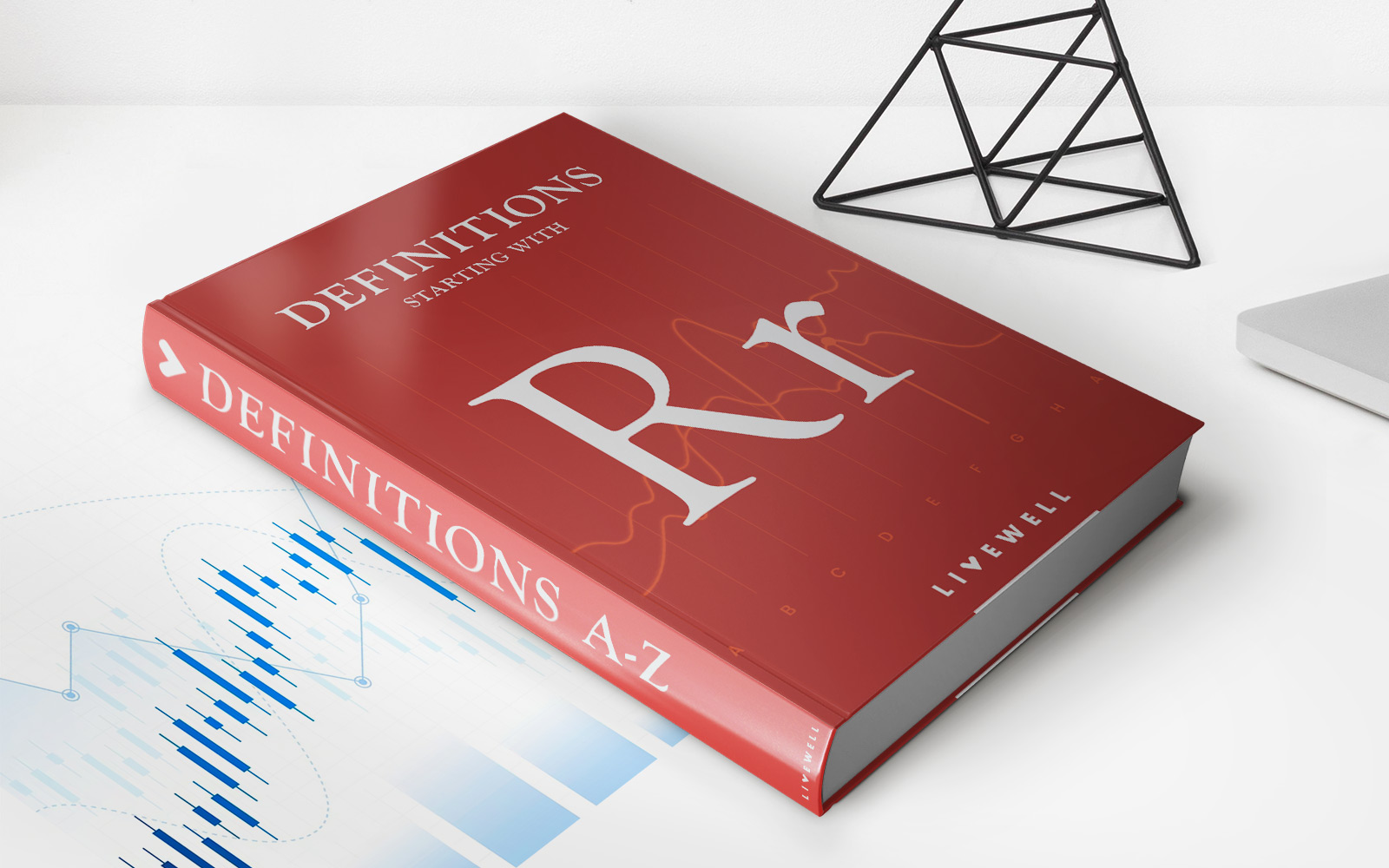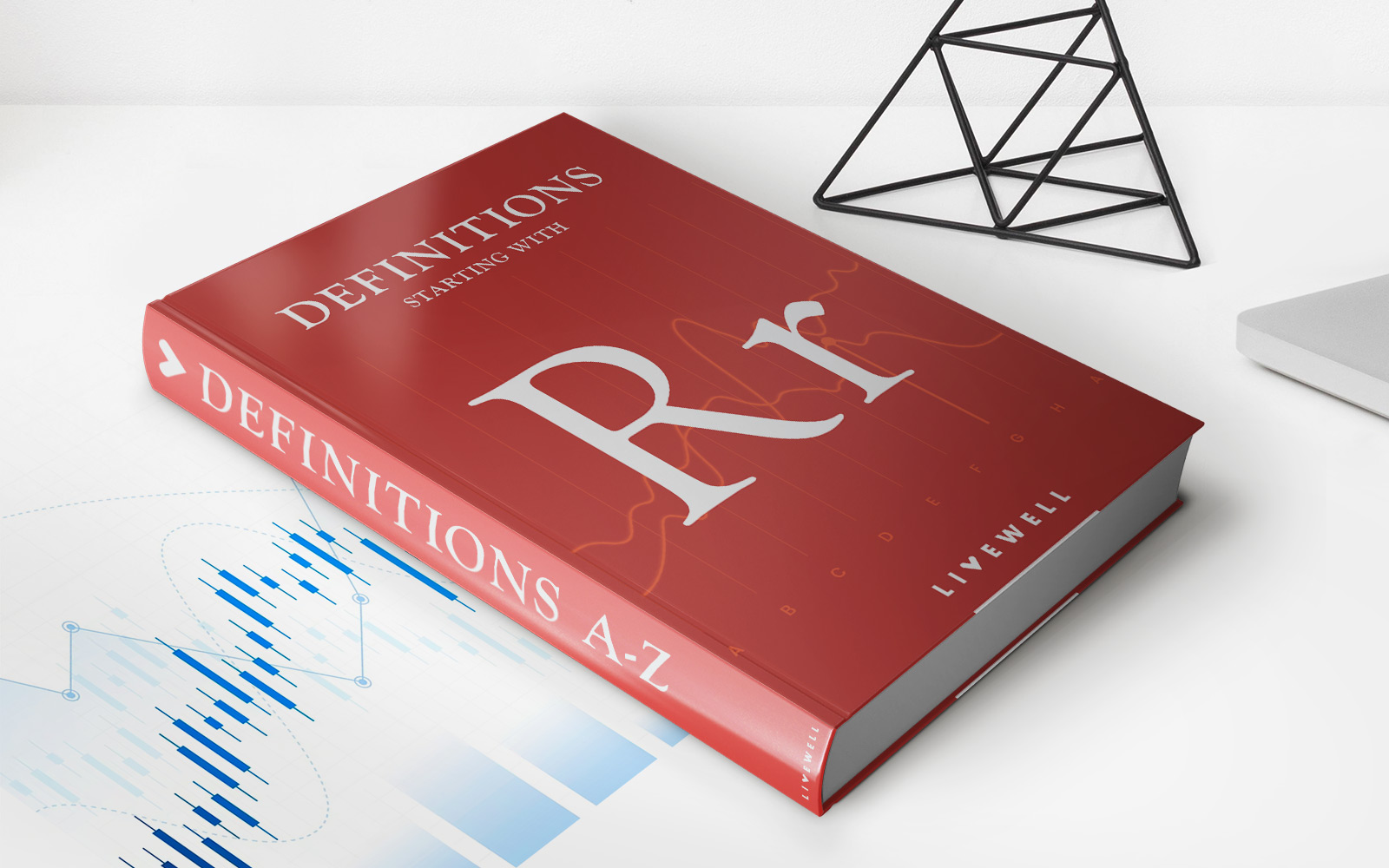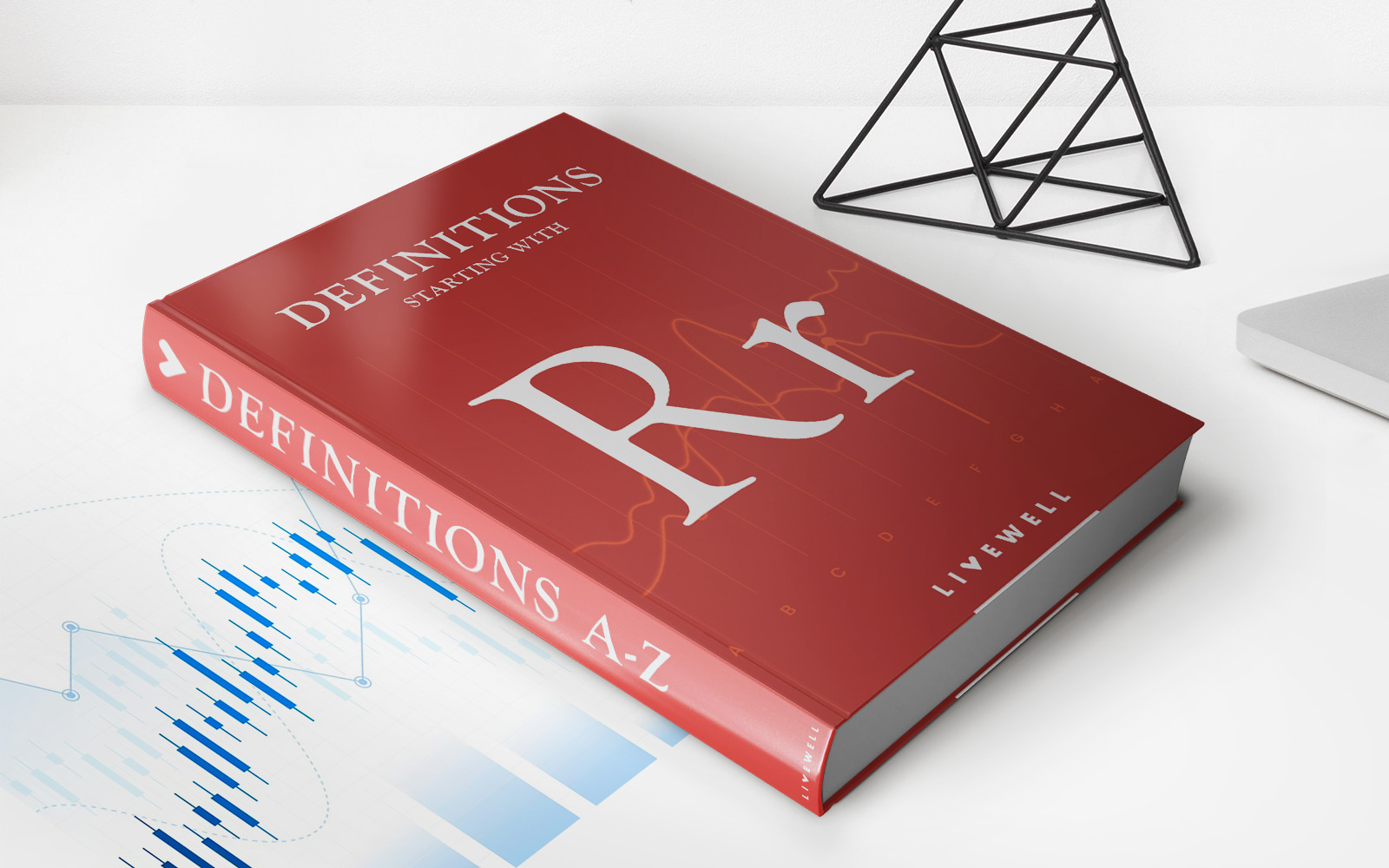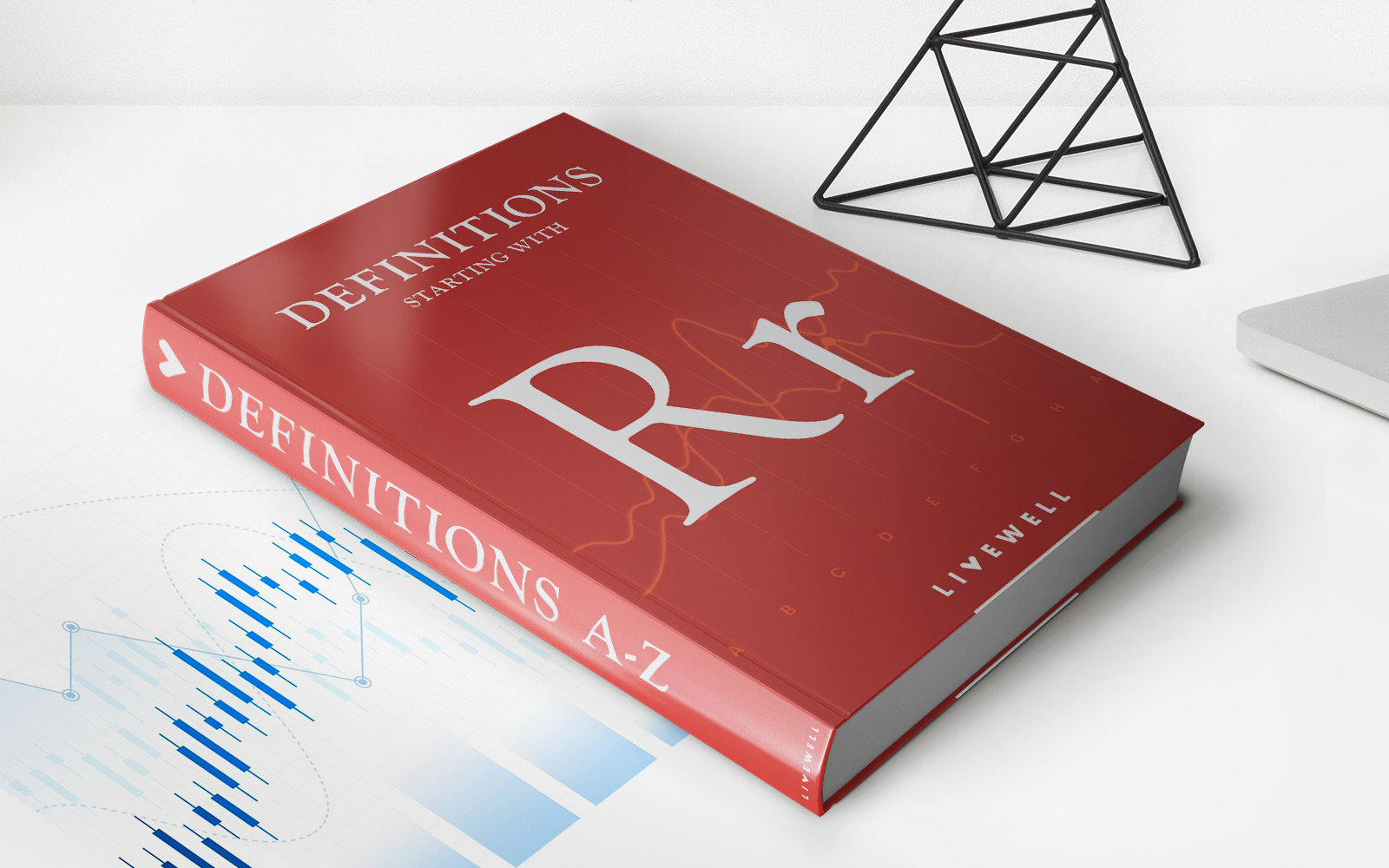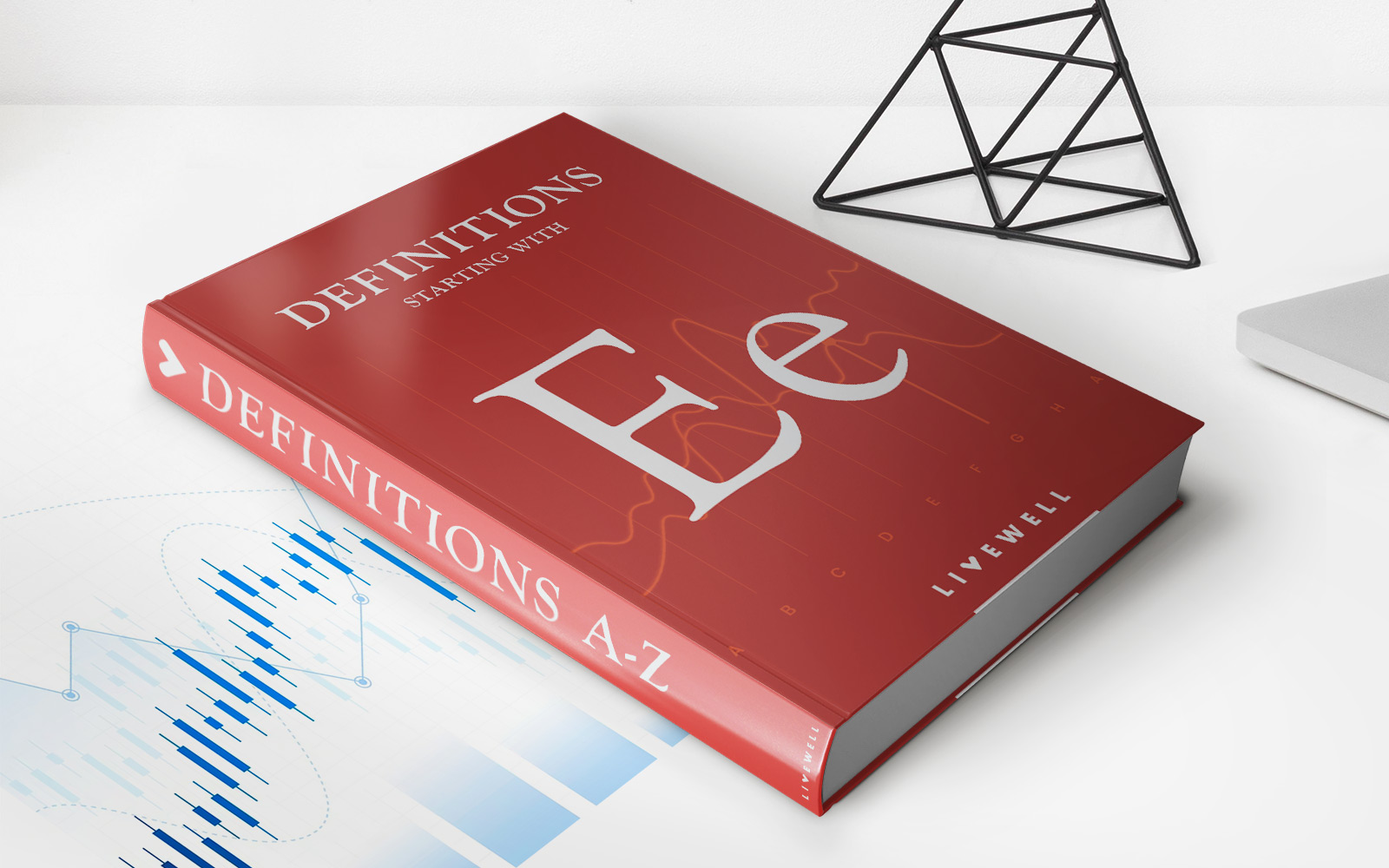Home>Finance>Retracement: Definition, Use In Investing, Vs. Reversal
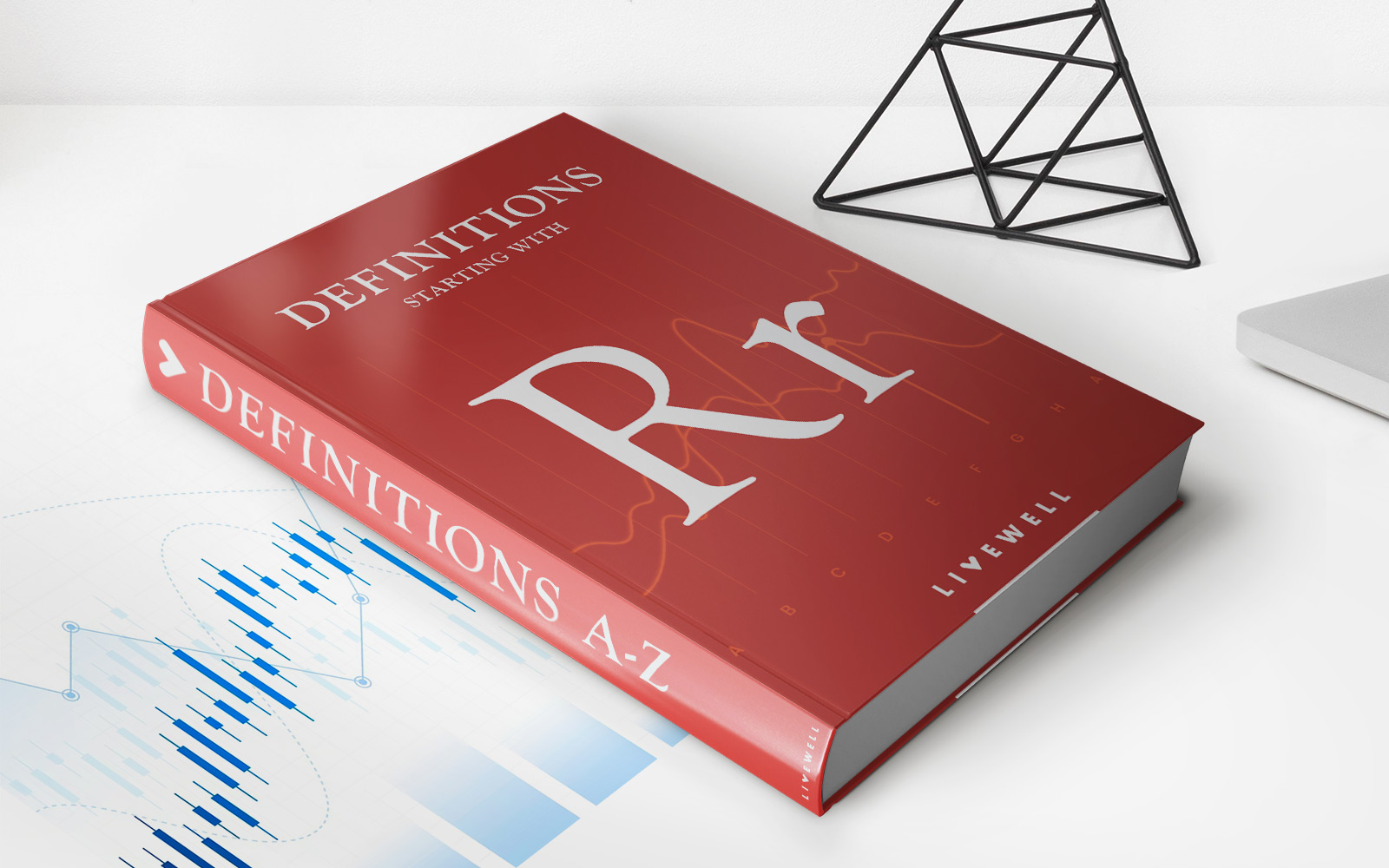

Finance
Retracement: Definition, Use In Investing, Vs. Reversal
Published: January 20, 2024
Learn the meaning of retracement in finance, its role in investing strategies, and how it differs from a reversal. Explore key concepts and opportunities in the world of finance.
(Many of the links in this article redirect to a specific reviewed product. Your purchase of these products through affiliate links helps to generate commission for LiveWell, at no extra cost. Learn more)
Retracement: Definition, Use in Investing, Vs. Reversal
Gaining a solid understanding of various financial terms can significantly enhance your investing strategies. One such term that often arises in the world of finance is “retracement.” But what exactly is retracement, how is it used in investing, and how does it differ from a reversal? In this blog post, we will delve into the depths of retracement, shedding light on its definition, practical application in investing, and its distinctions from a reversal. So let’s get started!
Key Takeaways:
- Retracement is a temporary reversal in the price direction of a financial asset during an ongoing trend.
- Investors and traders often utilize retracement levels, such as Fibonacci retracement, as potential entry or exit points for their trades.
Defining Retracement
Retracement, in financial terms, refers to a temporary reversal in the price direction of a financial asset during an ongoing trend. It is a short-term price movement that contradicts the prevailing trend before the price resumes its original direction. Retracements can occur in any market, including stocks, forex, cryptocurrencies, and commodities, and they often provide valuable insights and opportunities for investors and traders.
Use in Investing
Retracements play a crucial role in investing strategies, particularly for those employing technical analysis. Investors and traders often utilize retracement levels, such as Fibonacci retracement, to identify potential support or resistance levels in a trending market. These levels are derived from the Fibonacci sequence, a mathematical concept where each number is the sum of the two preceding ones.
By plotting Fibonacci retracement levels on a price chart, investors can identify potential entry or exit points for their trades. When the price retraces to a Fibonacci level, it may indicate a good opportunity to enter or exit a position, depending on the direction of the prevailing trend. However, it is essential to combine retracement levels with other indicators and analysis techniques for a more comprehensive view of the market.
Retracement Vs. Reversal
While retracements and reversals may seem similar, they represent distinct price movements in the financial markets. Here’s how they differ:
- Retracement: As mentioned previously, retracement is a temporary reversal in the price direction of a financial asset within an ongoing trend. It is a short-term correction that allows the price to find temporary support or resistance before continuing in its original trend.
- Reversal: A reversal, on the other hand, signifies a more significant and long-term change in the price direction of an asset. It often marks the end of an existing trend and the beginning of a new one. Reversals are crucial turning points in the market, and investors must carefully analyze various indicators and patterns to identify them.
It’s important to note that while retracements provide potential opportunities for investors in a trending market, they do not guarantee a continuing trend. Therefore, proper risk management and a thorough understanding of market dynamics are crucial when utilizing retracement strategies.
In Conclusion
Retracement is a temporary reversal in the price direction of a financial asset during an ongoing trend. It is a concept widely utilized by investors and traders to identify potential entry or exit points in trades. However, retracement should not be confused with a larger trend reversal, as reversals represent more significant and long-term changes in price direction.
By understanding the distinction between retracement and reversal, investors can enhance their decision-making process and improve their overall investing strategies. So whether you’re a seasoned investor or just starting, keep retracement in mind and explore the potential it holds to optimize your investment success.


